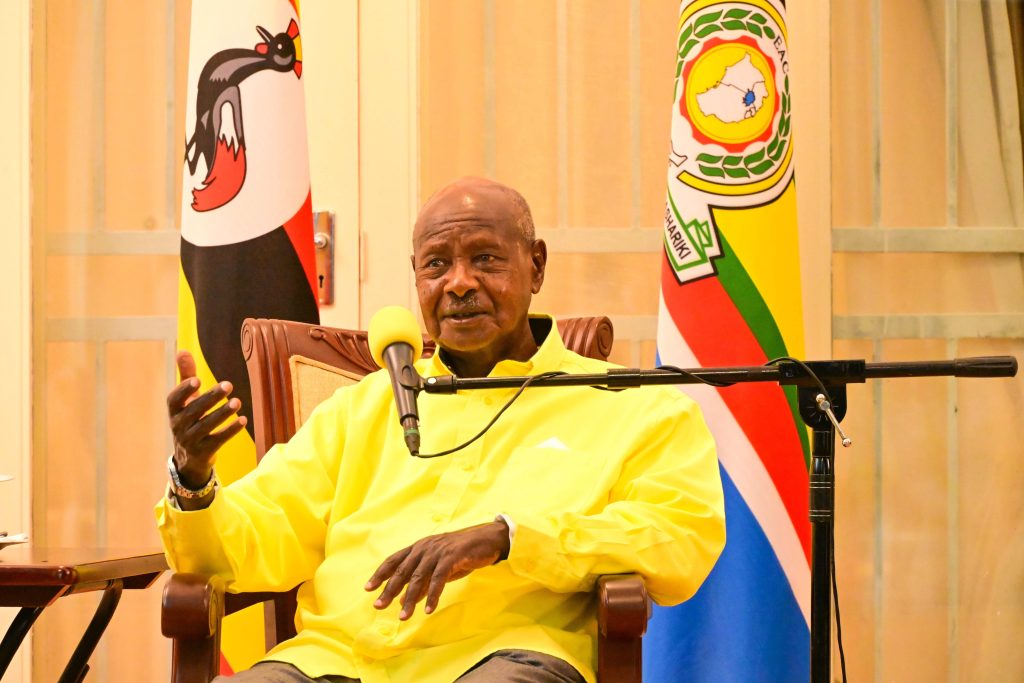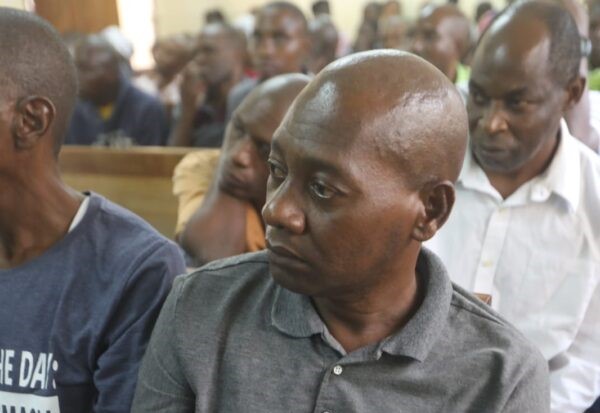Nestled in Alego Usonga Sub County, within Siaya County, Gendro is a village that stands out as one of the most unique and isolated communities in Kenya. Located just 23 kilometers from Siaya town, Gendro’s proximity to the vast Yala Swamp—Kenya’s largest freshwater swamp—shapes much of the village’s identity. The swamp, a sprawling ecosystem covering three-quarters of Mombasa County, supports the villagers’ primary economic activity: farming.
A community bound by tradition, Gendro is home to over 13 distinct clans, each with its own rich history and cultural practices. One striking feature of the village’s social fabric is its strict rule against marrying outsiders. Gendro’s youths, even in their teenage years, only marry within their community, fostering strong clan ties. Any attempt by an outsider to woo a Gendro teen is met with rejection, as relationships with non-locals are quickly dissolved once the teen returns to their fellow Gendro peers. This unyielding tradition reinforces the village’s deep sense of belonging and resistance to external influence.
The people of Gendro have a distinct physical appearance. Their skin, dark and rough in texture, and their shorter stature set them apart from neighboring communities. The village, though steeped in rich cultural heritage, is also one of the most primitive in Kadenge. The people are often dismissed as “Jagendro,” a term they find deeply offensive and degrading. It is an insult that, when used, highlights the villagers’ struggle against stigmatization, as outsiders often associate the label with backwardness and poor behavior. However, for Gendro residents, the term is a mark of prejudice, and they take great offense when it is used.
Despite their commitment to preserving tradition, Gendro faces modern challenges. Education remains a distant dream for many in . The village with limited access to resources. The village is also home to many youths who find employment as security persons at Lake Agro Ltd, a sugarcane company located nearby. The company, like the agricultural activities in Yala Swamp, plays a key role in sustaining the village’s economy, though the youths’ roles as guards are a far cry from opportunities for higher education and growth.
The people of Gendro are also deeply connected to Lake Kanyaboli, where they fish as a supplementary livelihood. Yet, even with these resources, the village remains anchored in a world that is distant from modernity. Many in the community struggle with basic aspects of everyday life, including clothing and access to modern amenities. The village’s culture, clothing, and way of life, though steeped in tradition, often leave the residents disconnected from the rest of the world.
Gendro, with its deeply rooted traditions, vibrant farming culture, and resistance to outside influence, remains a testament to a way of life that has endured despite the passage of time. However, as Kenya’s modern world advances, questions arise about the future of this isolated village. Will the winds of change reach Gendro, or will it continue to stand firm in its timeworn ways?









